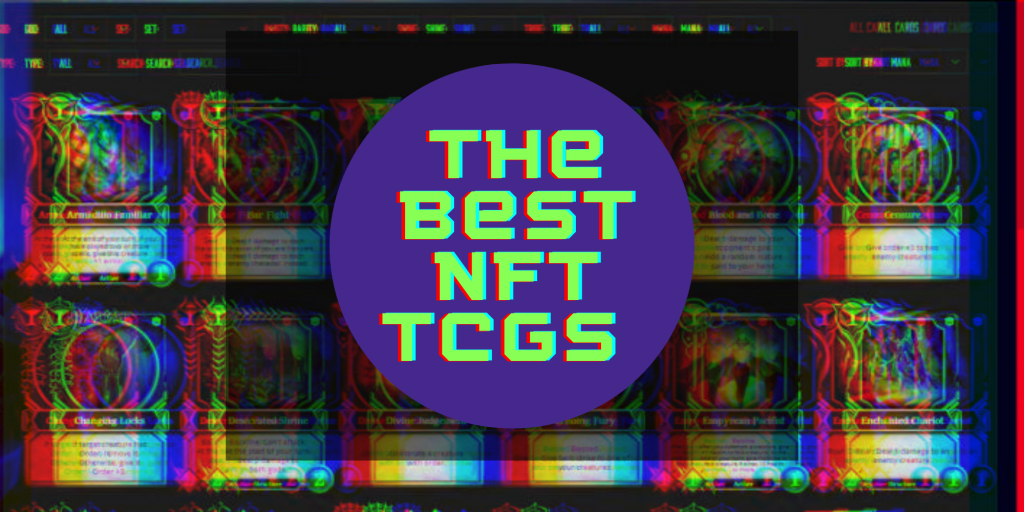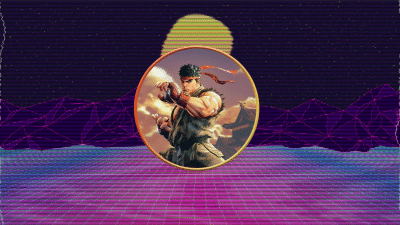Top NFT-Based Trading Card Games (TCGs)
NFT-based games integrate traditional gaming concepts with blockchain technology, non-fungible tokens (NFTs), and other decentralized financial elements. Gamers are loving GameFi (the intersection of gaming and NFTs, and even DeFi) for three main reasons: True ownership: While in conventional digital games, players can buy in-game assets, those assets don’t actually belong to them. On the …

